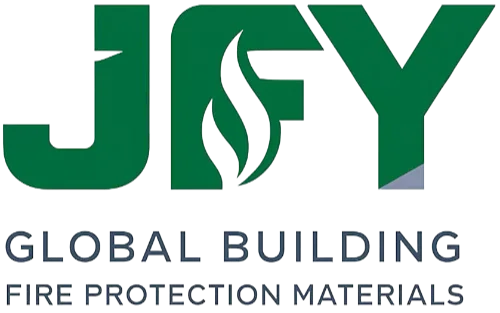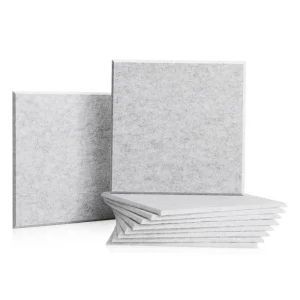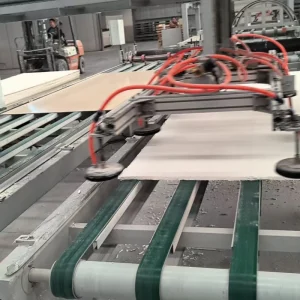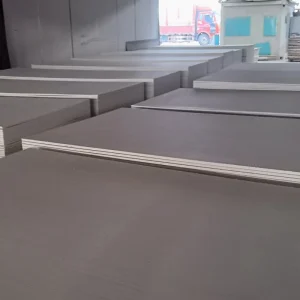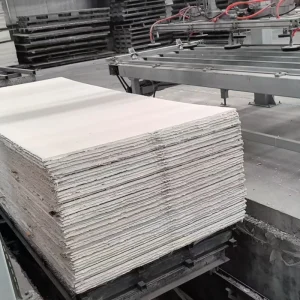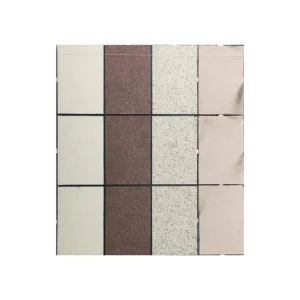——Breakthrough Progress in Construction Efficiency of Prefabricated Fire-Resistant Building Materials
In traditional interior renovation projects, the installation of fire-resistant panels often encounters challenges such as prolonged construction timelines and inconsistent quality. Taking the construction of a 1,000-square-meter commercial space with conventional gypsum board and light steel keel systems as an example, it typically requires 62 días, with a labor error rate as high as 12%. Through comparative experiments, this study confirms that modular installation technology for magnesium oxide (Mo) boards can reduce the total construction period to 37 días, achieving a 40.3% efficiency improvement while lowering material wastage from 8.2% a 2.1%.
Technical Principles and Implementation Pathways
The core of this technology lies in prefabricating magnesium oxide boards into standardized 600mm×1200mm modules, complemented by dedicated snap-fit connectors for rapid assembly. During factory production, laser cutting ensures dimensional accuracy, while shockproof packaging limits transportation damage to below 0.5%. On-site installation involves just three steps: marking reference lines → hoisting modules into position → sealing joints. This process reduces the installation time per square meter from 45 minutos (conventional methods) a 18 minutos. Además, a BIM-based construction simulation system can preemptively identify utility conflicts, reducing on-site adjustments by up to 60%.
Empirical Data and Quality Verification
The study selected five projects of similar scale for controlled experiments: the group using traditional techniques averaged 62 days in construction duration, while the modular group completed installation in just 37 días. Quality inspections revealed that the joint misalignment rate for modular installations was ≤0.3mm (compared to ≥1.2mm for traditional methods), with an airborne sound insulation level of 52 decibels, meeting Grade I standards specified in China’s Code for Sound Insulation Design of Civil Buildings(GB 50118-2010). Cost analysis indicated that although modular construction increased unit costs by 8%, the 25-day reduction in construction time generated approximately ¥120,000 in additional rental revenue for commercial projects. For projects with a service life exceeding three years, their whole-life cycle costs were comparatively lower.


